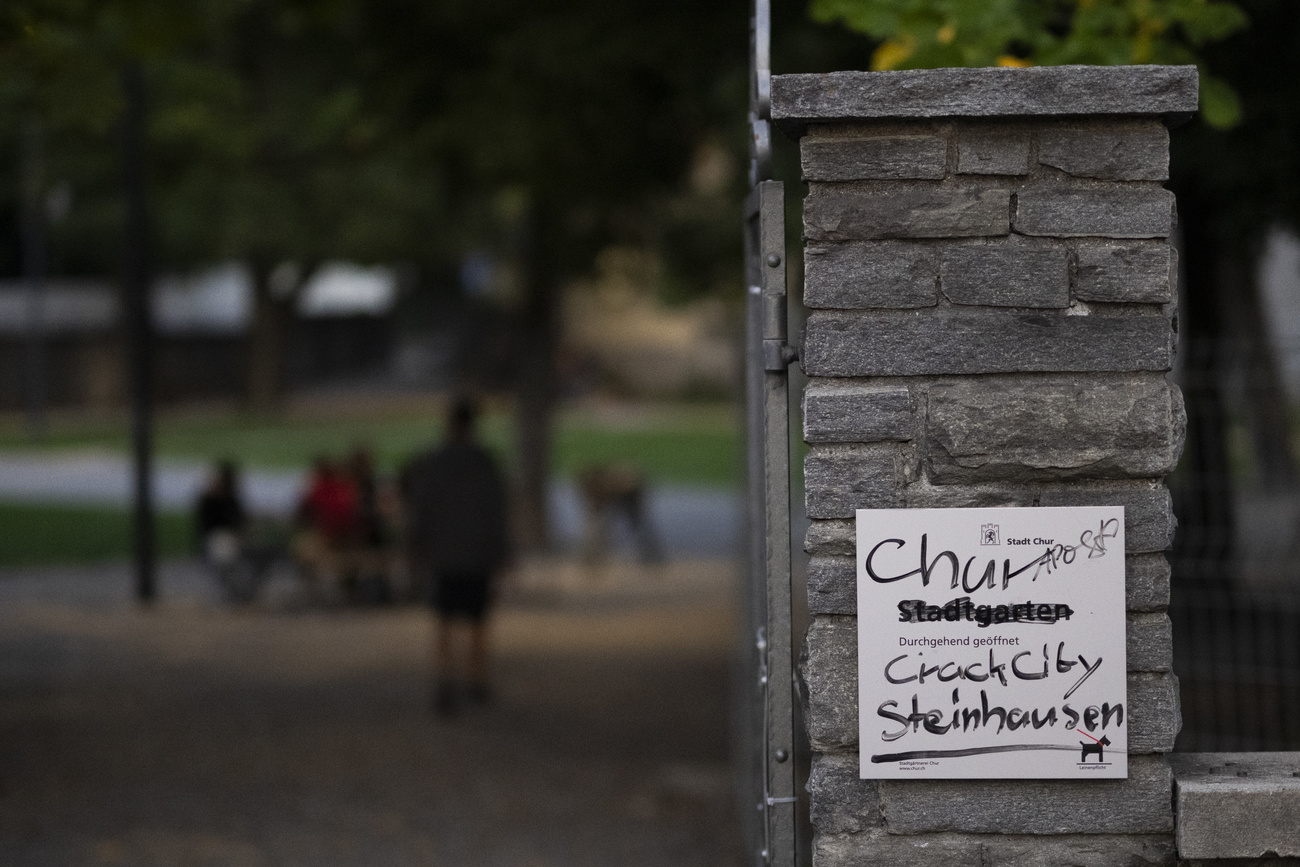Scientific hands on deck for America’s Cup bid

In top-class yachting, science and design are as important as seamanship. Team Alinghi, the Swiss challenge for the America's Cup in 2003, has invited the Federal Institute of Technology in Lausanne (EPFL) on board to help win sailing's biggest prize.
The institute has been named Team Alinghi’s official scientific adviser, a move that merely formalises what is already a close and fruitful collaboration.
The EPFL has already helped to devise a new lightweight material for the sails, modified the composite from which the hull is made, and evaluated the aerodynamics and hydrodynamics of the boat using computer simulations – a good example of how new and classic technologies can combine.
Grant Simmer, head of the Alinghi design team, says the EPFL was chosen because of its academic excellence in a wide variety of fields. He says its role will be to assess the scientific soundness of the design breakthroughs he and his team come up with.
“Even if they haven’t studied yacht design in the past, many of the problems they are tackling in other fields have a direct relation to what we’re trying to achieve,” said Simmer.
The America’s Cup is regarded as a technological shop window, and the Swiss are not alone in recruiting the brightest minds. Auckland University, which works closely with Team New Zealand, has a faculty devoted solely to sailing technology.
Vital seconds
Team Alinghi is backed by the vast fortune of Ernesto Bertarelli, chief executive of biotech firm Serono, and it is skippered by Russell Coutts, who led Team New Zealand to victory in the past two competitions.
The recruitment of Simmer, who designed Australia II, the first boat to win the America’s Cup from the US, is proof that to build a winning team requires not just great sailing skills, but also state-of-the-art technology and design.
“The technology that won in 2000 won’t win in 2003,” Simmer explained. He said Coutts had merely asked for a boat that could go fractionally faster than the others, and he would do the rest.
“We have to constantly ask how can we make these composites even lighter, while retaining their strength,” says Jan-Anders Manson, head of the institute’s Alinghi project. In improving not only the materials from which the boat is made, but also the hydrodynamics of its hull and keel and the laminates used to coat it, a team can gain those vital few seconds, which are the difference between victory and failure.
“If we can add up all these small improvements, it could theoretically give us an extra three or four seconds over the course of a three and a quarter-mile (five kilometre) leg, and that gives us a big competitive advantage in the race,” said Simmer.
Incentive for students
At least five different departments, 15 researchers and 20 students from the EPFL are involved in the Alinghi project. Disciplines as diverse as materials science, civil engineering and mathematics have been harnessed.
“It’s an extraordinary experience for us,” Manson told swissinfo. “It’s a unique opportunity to combine long-term research with an immediate application. Normally a research project takes years. Here we have a definite deadline.
In addition, he said, the project brought students into contact with a network of people at the cutting edge of their field. “It is a big motivation to work on something they can connect with on an emotional level.”
There is an additional incentive for students to participate in the project. The EPFL has launched a competition to come up with an extra innovation for the boat. The winning student will join the team in Auckland in October 2002 for the Louis Vuitton Cup – the competition where the challenger for the America’s Cup emerges.
“It’s no good if the boat isn’t ready by then. The race will start anyway,” said Grant Simmer.
The Alinghi team has been using Be Happy, or SUI-59, the boat from the last Swiss challenge as a test-bed for its construction programme. A new vessel, for now christened SUI-64, has been built, and this will be shipped to Auckland, where it will be tested and raced against SUI-59. Another new boat is being built in the New Year.
So how different will the boat that lines up for the Louis Vuitton Cup be from the two new yachts?
“It could well be 64 or the new boat,” said Simmer, who added that the team may ultimately decide to have two boats available, each tailored for different meteorological conditions.
by Roy Probert

In compliance with the JTI standards
More: SWI swissinfo.ch certified by the Journalism Trust Initiative








You can find an overview of ongoing debates with our journalists here . Please join us!
If you want to start a conversation about a topic raised in this article or want to report factual errors, email us at english@swissinfo.ch.